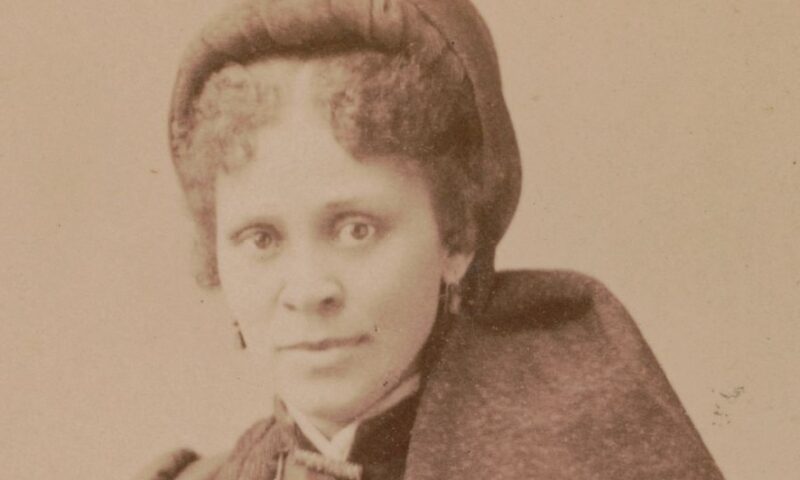By Spy Uganda
Every person of African descent with links to slavery has their own narrative. For educationist Hallie Quinn Brown, her parents, Thomas Arthur Brown and Frances Jane Scroggins were former slaves. Her father was the child of a Scottish woman and a Black overseer of a plantation while her mother was freed by one of her grandfathers, a white Revolutionary War officer, and plantation owner, according to Hallie Q. Brown.

Brown’s parents were learned and passionate about education. While her father, Thomas, was known as a ‘walking encyclopedia’, her mother was highly involved with Wilberforce University, a historically black university. She acted as an unofficial advisor and counselor to many students at the university.
Brown’s parents also played key roles in the Underground Railroad Network. All these variables had a significant impact in shaping the woman Brown would become in the future in promoting literacy among children of enslaved Africans and their liberation as well. These variables also include the period in which she was born. Born in 1845 in Pittsburgh, Pennsylvania, Brown had her tertiary education at Wilberforce University and completed a Bachelor of Science degree in 1873.

Shortly after she left school, she set an agenda for herself to help groom children who were being denied an education because they were slaves. She piloted her vision at the Senora Plantation in Mississippi. When she recorded success with her first project, she expanded the scope of her literacy project to unprivileged children on the other plantations, teaching them how to read and write.

She did this for several years till she got employment at Columbia City Schools and later Allen University in Columbia. Between 1885 and 1887, she was appointed to the position of Dean at Allen University. Brown also instituted a project that targeted older African Americans who because of slavery and systemic challenges never had the opportunity to access education. She designed a night school for those underprivileged adults in Dayton, Ohio from 1887 to 1891 and also taught in public schools in Dayton for four years, combining it with adult classes too for migrant workers.

Despite her active involvement in educational activities, Brown also worked with the Tuskegee Institutes in Alabama from 1892 to 1893. She was appointed as the Dean of Women at the Institutes where she worked with Booker T. Washington.
She was also the principal promoter of the organization of the Colored Women’s League in Washington, D.C. in 1893 and played a key role in the formation of the National Association of Colored Women.

Educator Brown also took up public engagement tours to promote the rights of women and campaigned against social injustice as well as racial discrimination. In one of her tours, she was granted an audience by Queen Victoria to speak on the civil rights movement and also spoke at the 1895 Convention of the World’s Women Christian Temperance Union in London.
Brown passed away on September 16, 1949, in Wilberforce, Ohio of coronary thrombosis. Her legacy earned two memorials – the Hallie Q. Brown Memorial Library and the Hallie Q. Brown Community Center – in recognition of her contributions to the betterment of African-American society.







